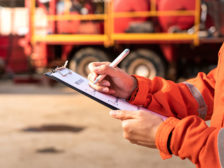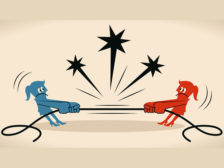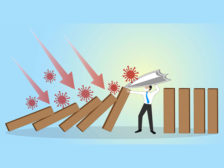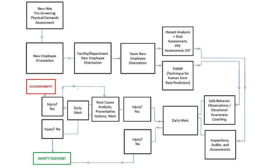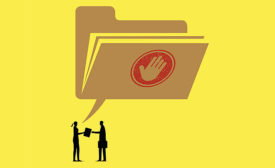Articles by Cory Worden M.S., CSHM
Thought Leadership
Are we our own worst enemy? Optimize safety leadership skills though peer feedback
July 15, 2021
Thought Leadership
Consider personal perceptions and levels of transparency when assessing risk to improve safety
June 30, 2021
Thought Leadership
Risk Management: subjective perspectives, risk assessments and ethical dilemmas
May 13, 2021
Thought Leadership
A tangled web: subjective perspectives, risk assessments and ethical dilemmas
Part 1 of 3
April 27, 2021
Thought Leadership
Whistleblowers, past and present
How to avoid repeat mistakes and understand ethical dilemmas
January 17, 2021
Become a Leader in Safety Culture
Build your knowledge with ISHN, covering key safety, health and industrial hygiene news, products, and trends.
JOIN TODAYCopyright ©2025. All Rights Reserved BNP Media.
Design, CMS, Hosting & Web Development :: ePublishing



